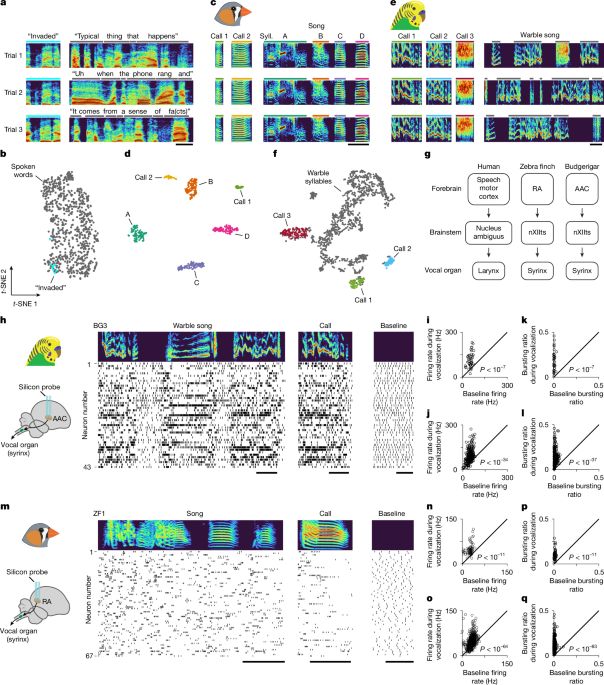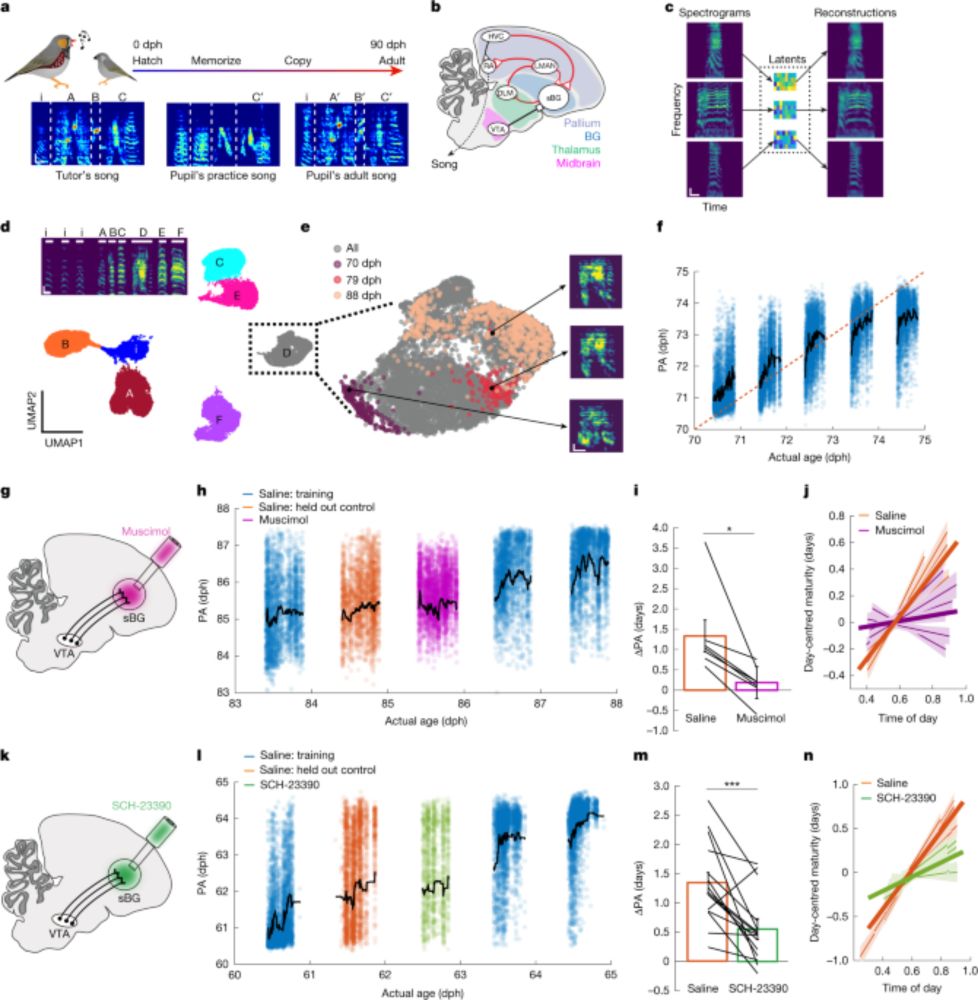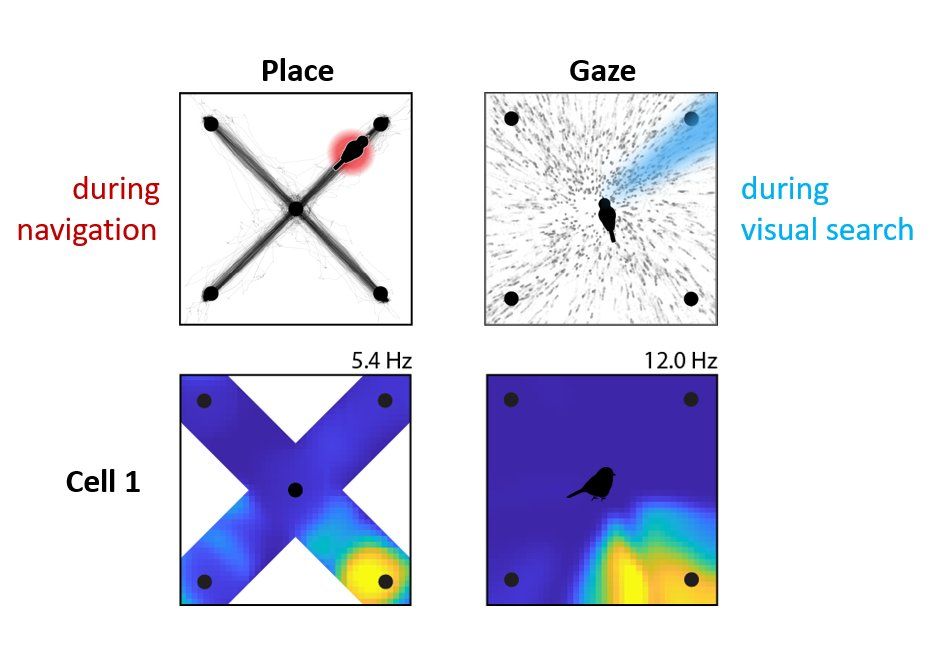Felix W. Moll
@mollfw.bsky.social
260 followers
250 following
14 posts
Research Group Leader at the Institute of Neurobiology, University of Tübingen. Neuroscientist. Studies crows and bird brains.
Group website: felixmoll.com
Posts
Media
Videos
Starter Packs
Pinned
Reposted by Felix W. Moll
Reposted by Felix W. Moll
Felix W. Moll
@mollfw.bsky.social
· Jul 17

Exploring Neural Dynamics in the Auditory Telencephalon of Crows Using Functional Ultrasound Imaging
Crows, renowned for advanced cognitive abilities and vocal communication, rely on intricate auditory systems. While the neuroanatomy of corvid auditory pathways is partially explored, the underlying n...
www.jneurosci.org
Felix W. Moll
@mollfw.bsky.social
· Jun 14
Reposted by Felix W. Moll
Reposted by Felix W. Moll
Nature
@nature.com
· Mar 19

Convergent vocal representations in parrot and human forebrain motor networks - Nature
Using advanced brain-recording techniques, parrots were found to have a brain organization for vocal control similar to humans, making them an important model for studying speech and for developing potential treatments for communication disorders.
go.nature.com
Reposted by Felix W. Moll
Drew Schreiner
@schreinerdrew.bsky.social
· Mar 12

Dual neuromodulatory dynamics underlie birdsong learning - Nature
Dopamine release in the basal ganglia of the zebra finch is driven by neurons associated with reinforcement learning and by cholinergic signalling, and tracks performance quality during long-term lear...
www.nature.com
Reposted by Felix W. Moll
Arnav Raha
@pantamallion.bsky.social
· Mar 12

Natural behaviour is learned through dopamine-mediated reinforcement - Nature
Studies in zebra finches show that dopamine has a key role as a reinforcement signal in the trial-and-error process of learning that underlies complex natural behaviours.
www.nature.com
Felix W. Moll
@mollfw.bsky.social
· Feb 10

Exploring Anatomical Links Between the Crow's Nidopallium Caudolaterale and Its Song System
The crow's nidopallium caudolaterale (NCL) projects densely to the dorsal intermediate arcopallium (AID) and the striatum, paralleling important song system pathways. Connections from the magnocellul...
onlinelibrary.wiley.com











